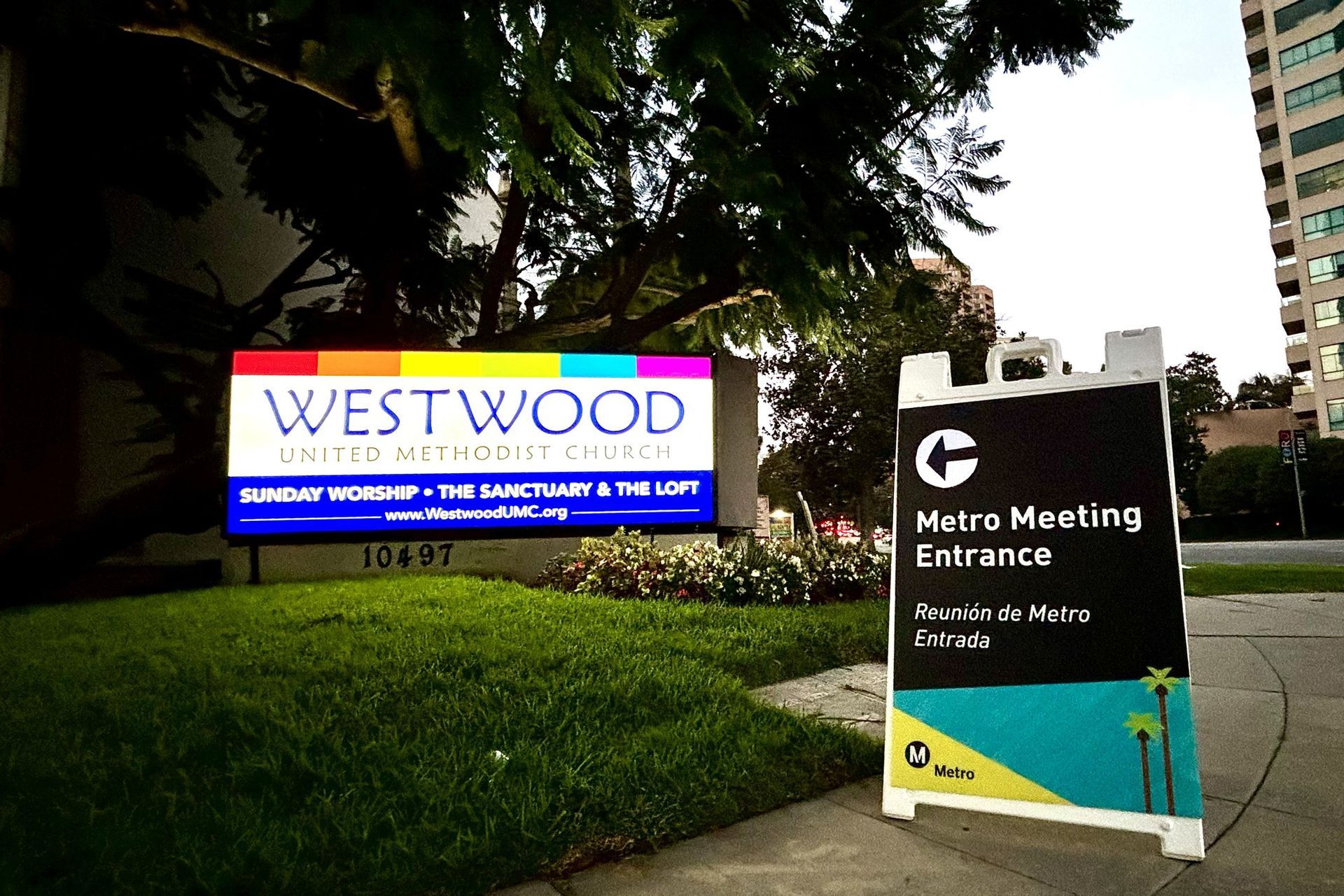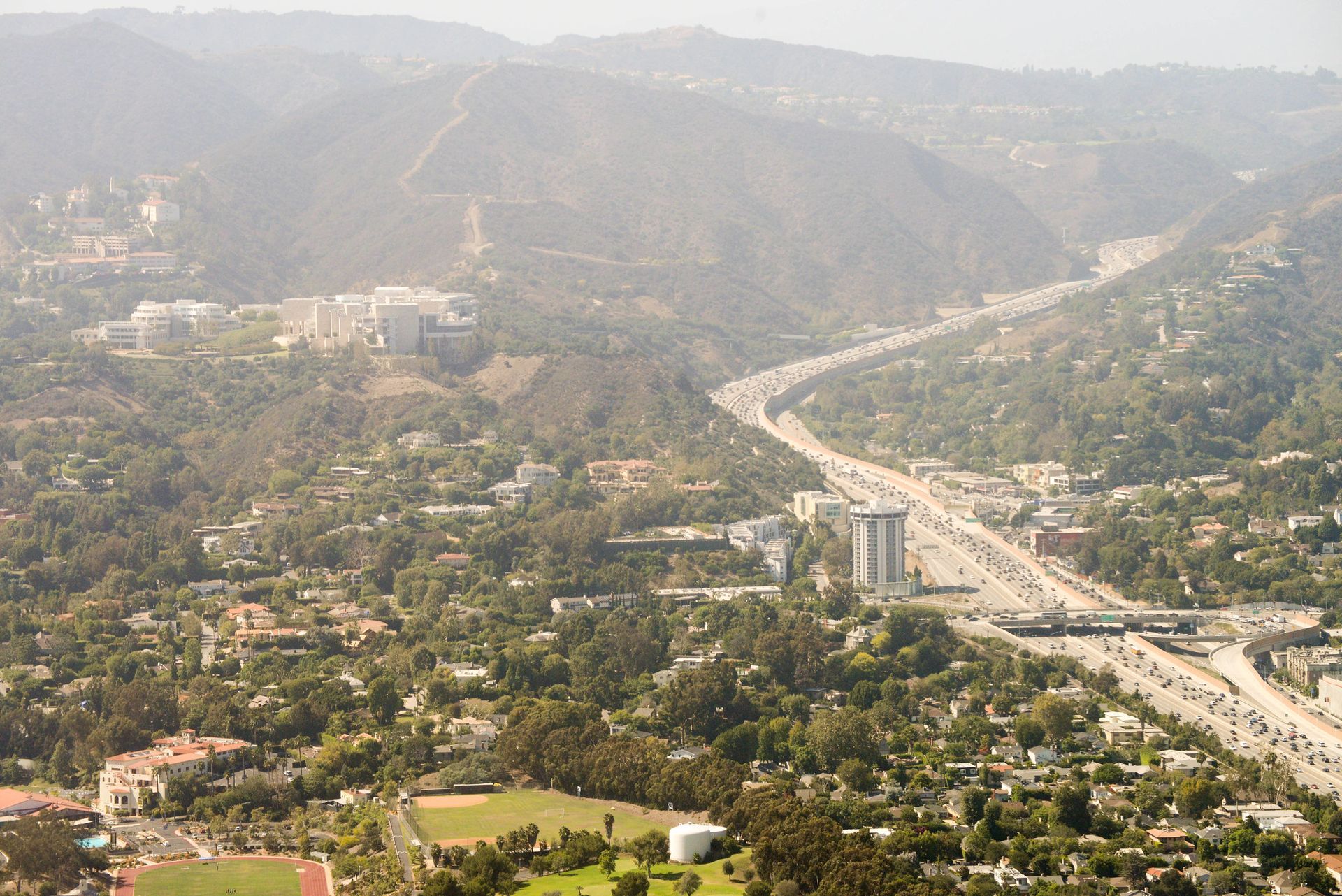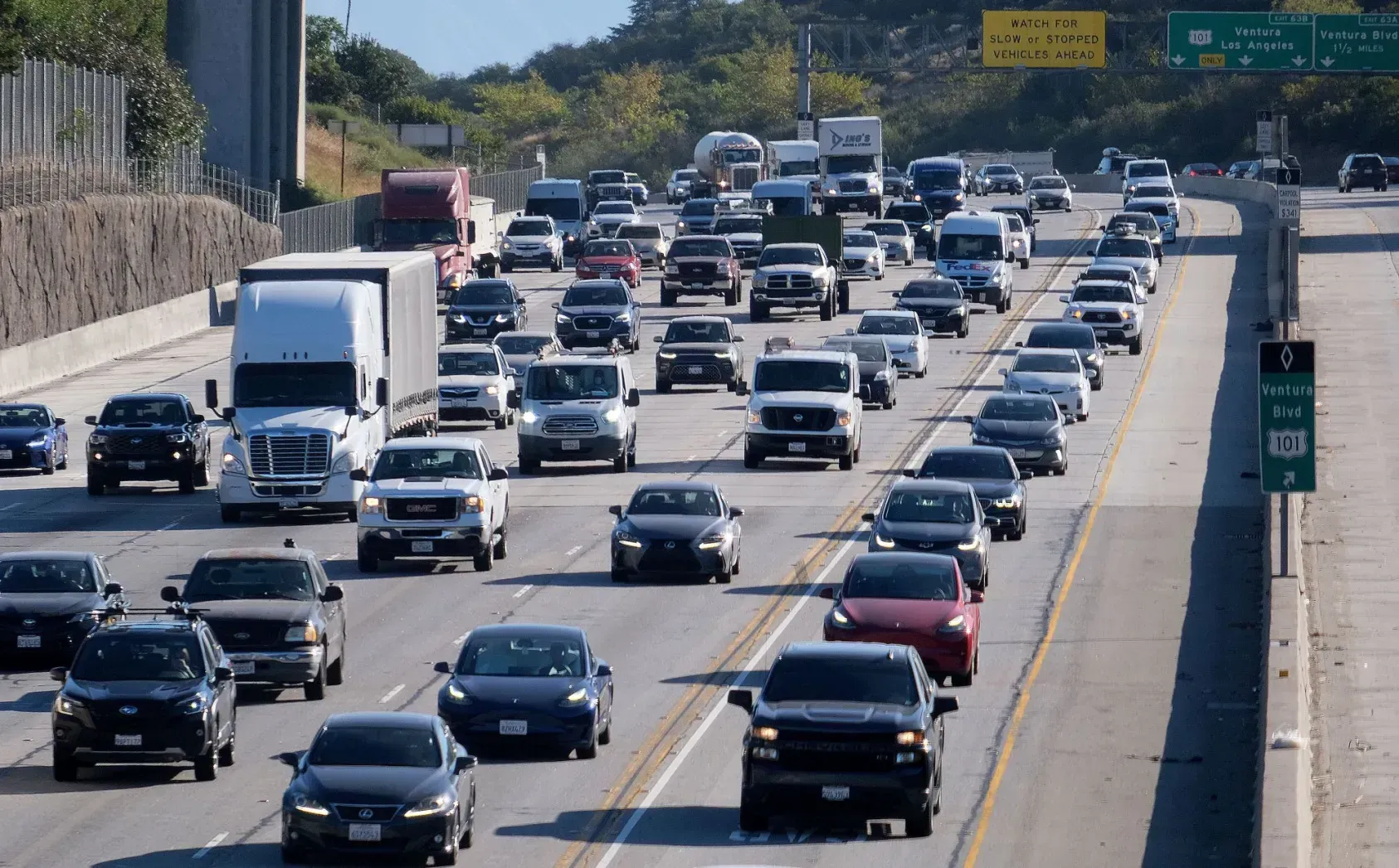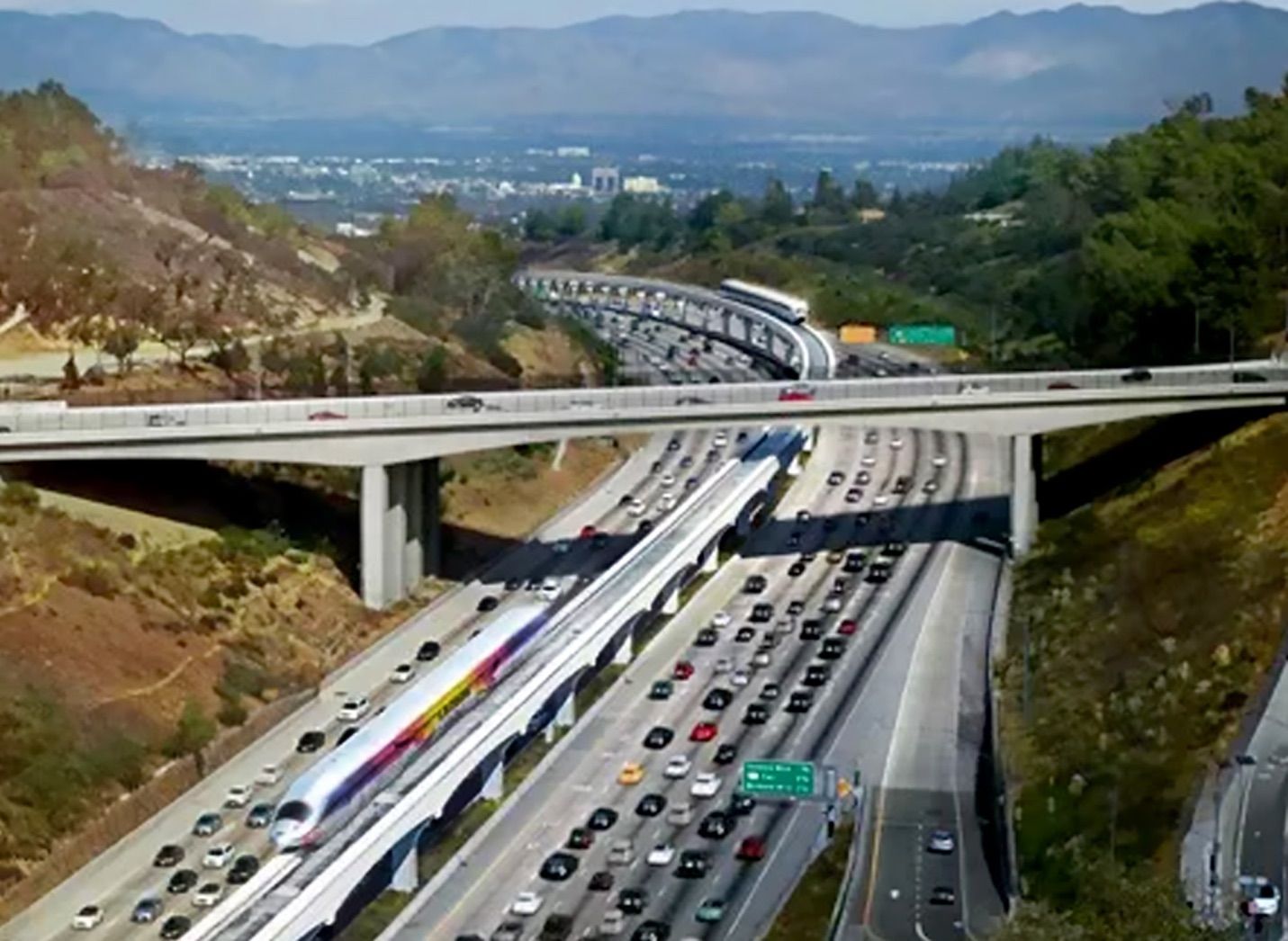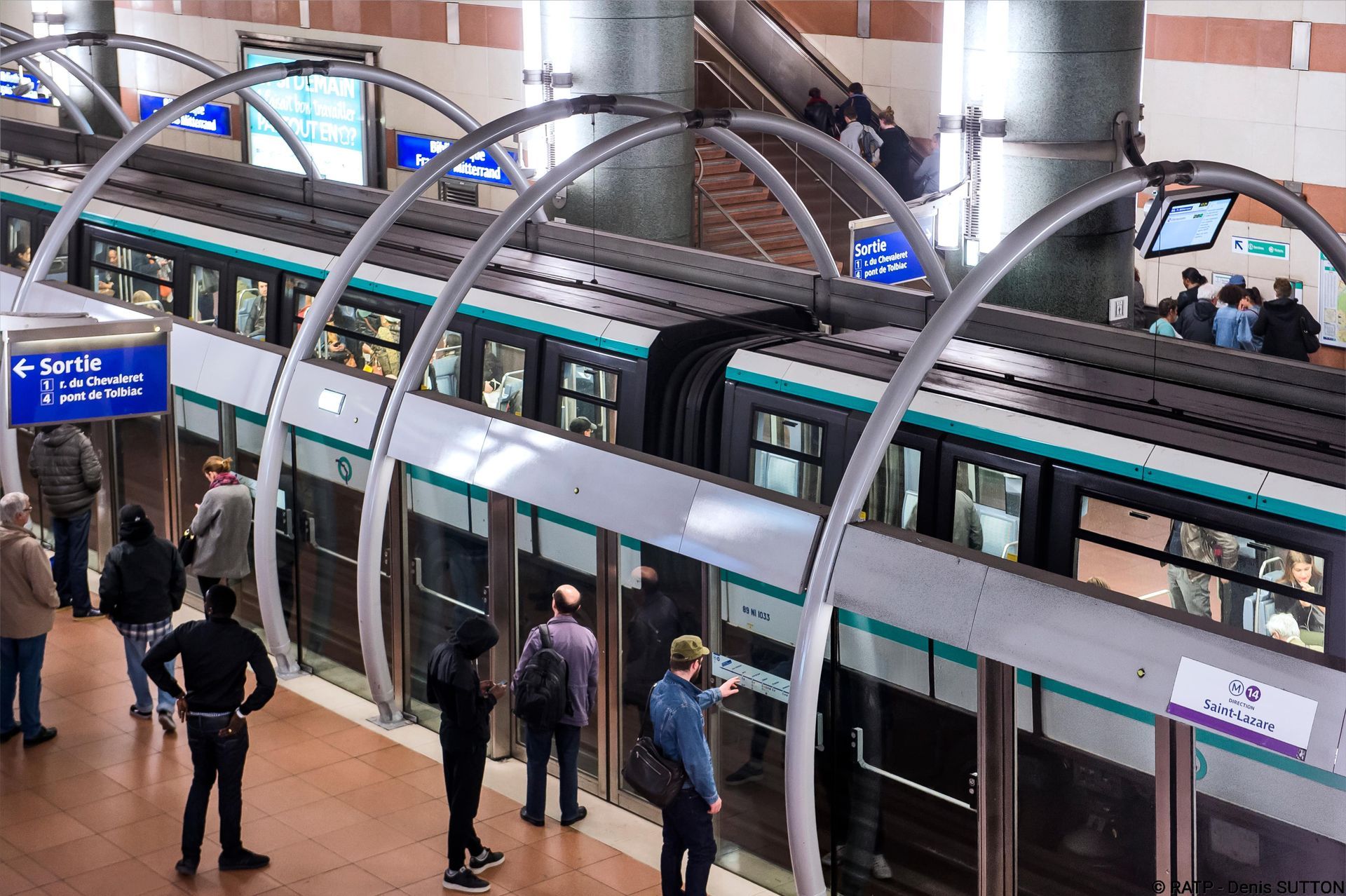News
Sepulveda Transit Corridor Partners Selects Stadler Rail Cars and Siemens Mobility Rail Signaling Technology for Proposed Fast, Green Line Connecting Los Angeles’ San Fernando Valley & Westside
Sepulveda Transit Corridor Partners Selects Stadler Rail Cars and Siemens Mobility Rail Signaling Technology for Proposed Fast, Green Line Connecting Los Angeles’ San Fernando Valley & Westside
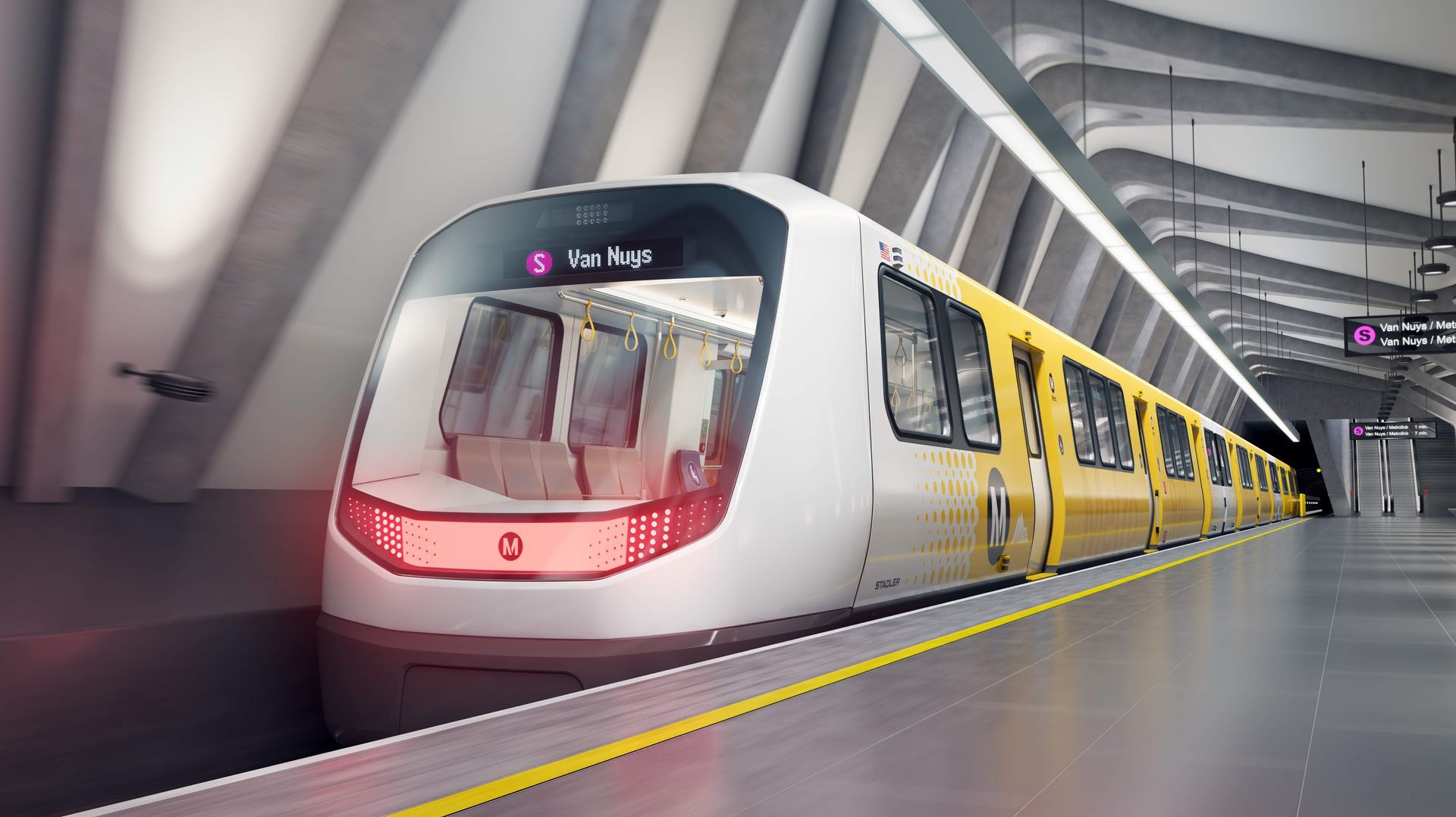
LOS ANGELES - Sepulveda Transit Corridor Partners (STCP) has announced that it has selected two key partners to provide essential infrastructure components for its transit development options to ease congestion through the I-405/Sepulveda corridor between Los Angeles’ San Fernando Valley and Westside. Stadler, a world-class passenger rail vehicle manufacturer, has been selected to design and build the state-of-the-art rail cars in STCP’s proposal. Siemens Mobility, a worldwide expert in intelligent transportation solutions, has been selected by STCP as the signaling partner for the driverless Metro systems that are a key element of the consortium’s sustainable and reliable transit proposal.
STCP comprises Meridiam, Bechtel, and American Triple I. Meridiam is a leading sustainable infrastructure investor and asset manager, with a highly successful track record of delivering some of the largest public private partnerships in the US and globally. Bechtel is a trusted engineering, construction and project management partner with expertise in delivering passenger rail systems. ATI is an infrastructure investor and asset manager which is involved in complex, large format infrastructure projects in the US. ATI is ethnic minority owned, managed and controlled.
STCP’S rapid-rail subway was conceived as a best-in-class technical and operational solution to deliver a reliable and sustainable transit alternative to the I-405 corridor in Los Angeles. STCP’s program reduces travel time from Ventura Boulevard to Westwood to 6.5 minutes, and to under 20 minutes from the Valley to the Westside, while easing congestion and contributing to the reduction of greenhouse gas emissions. It also provides a single-seat ride, with minimum transfers, and increased user convenience with stations located next to work centers and multiple direct connections to major transit lines within Metro’s current and future transit system, including a stop in the heart of UCLA’s campus. The project is expected to spur new developments both in terms of affordable housing and commercial economic development.
“Our selection of Stadler and Siemens Mobility goes beyond our Buy America commitment. For a project with such profound impact, we wanted to make sure that we are assembling an infrastructure ‘Dream Team’ when it comes to operating swift and safe rail service that allows commuters to avoid the 405”, said Meridiam Americas CEO Nicolas Rubio, on behalf of the STCP partner group. “We are committed to a project that will make life better for Angelenos and visitors by easing congestion, reducing pollution, boosting commerce and improving connections between affordable homes and good jobs.”
“Bechtel is proud to participate in delivering valuable transit options for those traveling the Sepulveda corridor,” said Bechtel Enterprises President Mark Campbell. “We recognize the importance of connecting people and communities and look forward to putting our worldwide experience and innovation into practice for the people of Los Angeles.”
“Recognizing the critical role of the RSS partner plays a critical role in the successful delivery of a project like Sepulveda Transit Corridor in this project, Stadler and Siemens Mobility not only stood out to us because of their long-standing individual track records and their having already successfully partnered based on their individual achievements, but also based on their multiple joint successes together in various transit projects globally”, said ATI Managing Partner David J. Cibrian, on behalf of the STCP partner group. “We are proud and excited by this addition as our team takes another step towards making our technologically cutting-edge, time-efficient and well-connected transit solution, which has the potential to dramatically change the commute of millions of people, a reality for in the Sepulveda Corridor.”
“Stadler brings to this partnership more than 80 years of experience building the highest quality passenger trains,” says Martin Ritter, CEO, Stadler US, Inc. “We are excited to have been selected by STCP as their passenger rail vehicle partner. Stadler proposes a state-of-the-art, energy efficient and sustainable metro solution for the Sepulveda Corridor that will have a massive impact on how people move in LA.”
“We would like to thank STCP for selecting Siemens Mobility as a partner in this game-changing project. Together, we hope to bring the latest rail technologies to Los Angeles and develop a system that will transform the way LA commutes,” said Marc Buncher, CEO of Siemens Mobility North America, “We’re confident that our Siemens CBTC and GoA4 solutions will contribute to the increased availability and sustainability of public transit along the I-405 (Sepulveda) corridor between San Fernando Valley and Westside. Siemens Mobility’s experience with Stadler, RATP Dev and members of STCP in delivering automated metro lines will enhance this modern transit technology currently being developed for Angelenos by the STCP team.”
STCP’s rail options – Alternatives 4 and 5 of Metro’s Sepulveda Transit Corridor Project – are designed to reduce freeway and street congestion, air pollution and climate change-causing emissions. It is designed to create good-paying local construction jobs and long-term operations and maintenance jobs, increasing mobility and economic opportunity across the region.
Alternative 4 or 5 would be integrated with Metro’s current and future transit system, with direct connections to the D, E, G Lines (also known as the Purple, Expo and Orange Lines), Metrolink, Amtrak, multiple bus lines and bike lanes.
About Stadler
Stadler has been building trains for more than 80 years. It has a workforce of around 14,000 world-wide and in the US in various production and engineering locations as well as more than 80 service locations. The company is conscious of its social responsibility for sustainable mobility and therefore stands for innovative, sustainable, and durable quality products. The product range in the field of mainline railways and city transport includes high-speed trains, intercity trains, regional and suburban trains, metros, tramways and trams. Stadler also manufactures main-line locomotives, shunting locomotives and passenger carriages. It is the world’s leading manufacturer in the rack-and-pinion rail vehicle industry.
About Siemens
For more than 160 years, Siemens has been an integral provider of infrastructure, electrification, and transportation solutions in the United States. From the first light rail vehicles that were delivered to San Diego, California to the 30,000 rail crossings across America, Siemens Mobility has contributed to the power of connection, jobs, and investment in our American cities with eight manufacturing facilities, 4,500 employees, and more than 2,000 suppliers. Siemens Mobility’s rolling stock serves nearly half a billion riders annually, while more than 100,000 data points are remotely monitored on their rail infrastructure in America yearly, enabling seamless transportation solutions nationwide.

